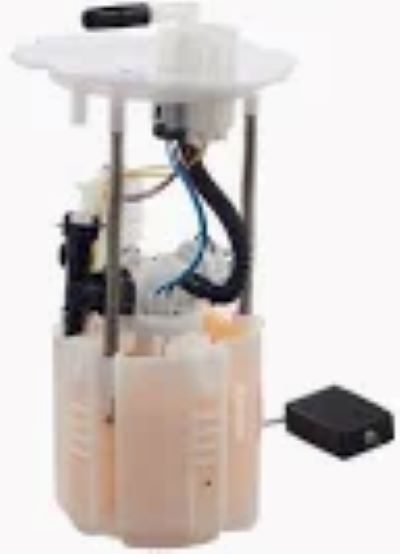When it comes to testing of a fuel pump, there are couple important steps that need to make sure for accuracy and performance. Method 1: Diagnosis Fuel Pressure Drop Using a Fuel Pressure Gauge (Common in many vehicles)By using usinig fuel pressure gauge will greatly help you to measure the actual amount of fuel is being pushed out from your injectors and compare it with manufacturer's specifications. The pressure of fuel for most cars will be around 30 to 60 PSI depending on the manufacturer. If the reading is lower than this, it indicates a fuel pump that's going bad and can lead to lack of power output or erratic engine performance.
One way to check a fuel pump is by using the amperage-draw method. Mechanics measure the electrical current of a pump using a digital multimeter. The typical healthy fuel pump should be drawing 4 to 6 amps while it runs. A higher amp draw is a sign of the pump having to work too hard; in many cases there may be excessive internal wear. And that if `Everyone moving forward together, then success will look after itself!` Henry Ford In this situation, having appropriate current flow is a very important factor in how well your vehicle engine will work as time goes on.
Another way to isolate the fuel pump is by "deadheading" or blocking off the line and checking maximum pressure. First off, a good fuel pump should generate around 70-90 PSI of peak pressure during this test in general. When doing so the readings must come up to this level, and failing which it may mean a clogging or mechanical failure in the pump that you really need to take care of.

Like an engine, taking note of any unusual noises during a fuel pump test is also important. If you have a completely healthy fuel pump, it will work quietly and very well on the background noise that remains localized. Take for example Toyota, which recalled 750k vehicles in the year of our lord and savior twenty-twenty-one alone because their fuel pumps sucked and either caused stalling or crappier power than James May even at full chat. This is just one real-world example of why it is so important to test and replace fuel pumps on a regular schedule.
Mechanics also check the power relay of fuel pump when diagnosing possible problems. That little part is such an important bit and, if it fails, you'll get intermittent fuel delivery. Simply put, you should read 12 volts (with the ignition switch in the On position) at each of these two wires when doing a basic voltage test across them through pulling off their relay and checking for power getting to it.
Lastly, a scan tool can be used to read any relevant diagnostic trouble codes related to fuel pump failure. Modern vehicles contain on-board diagnostics that provide fault codes in the event of a problem with the fuel system. For example, an error code P0230 usually chimes in on the fuel pump relay or wiring failure.
Just head to fuel pump, and you can get affordable fuel pumps as well as any other related components for a test that is more thorough on the Fuel Pump testing.
